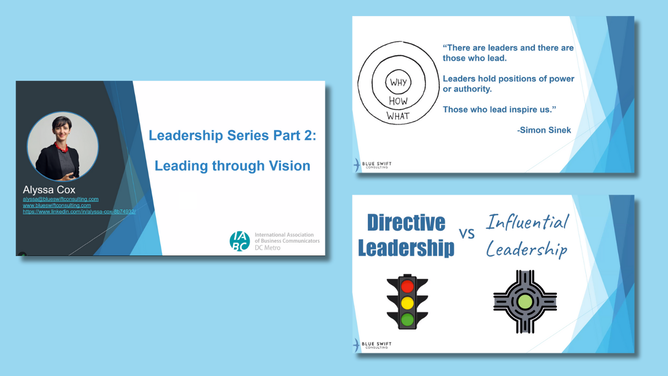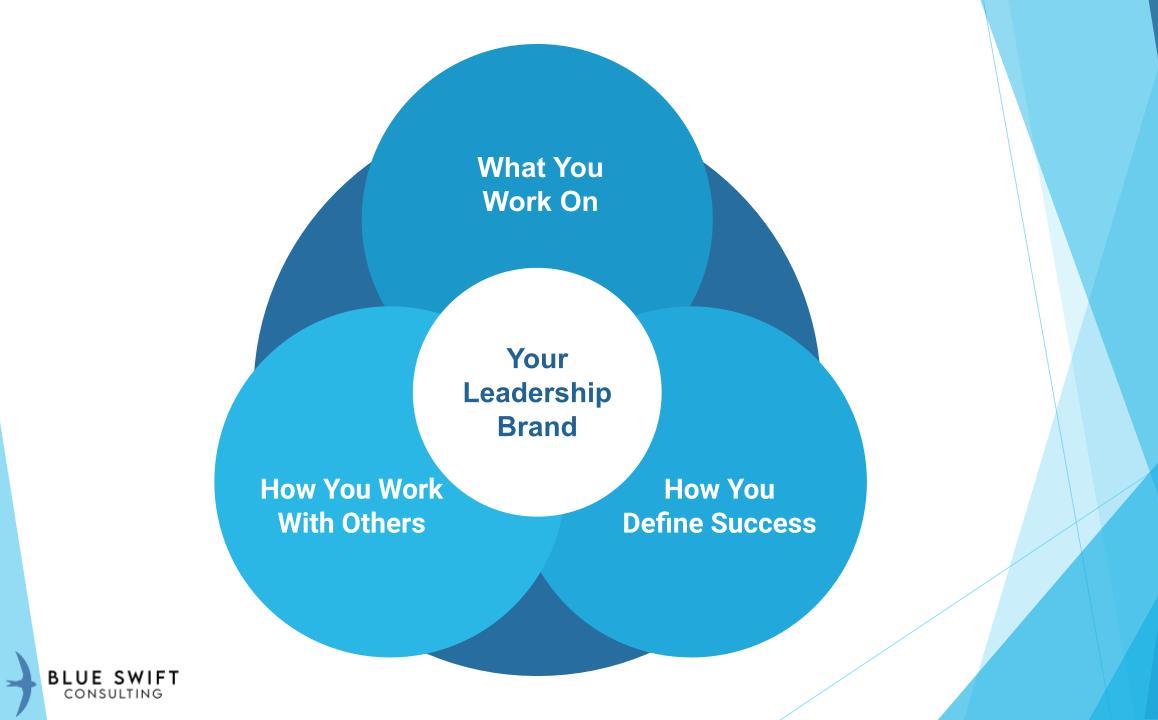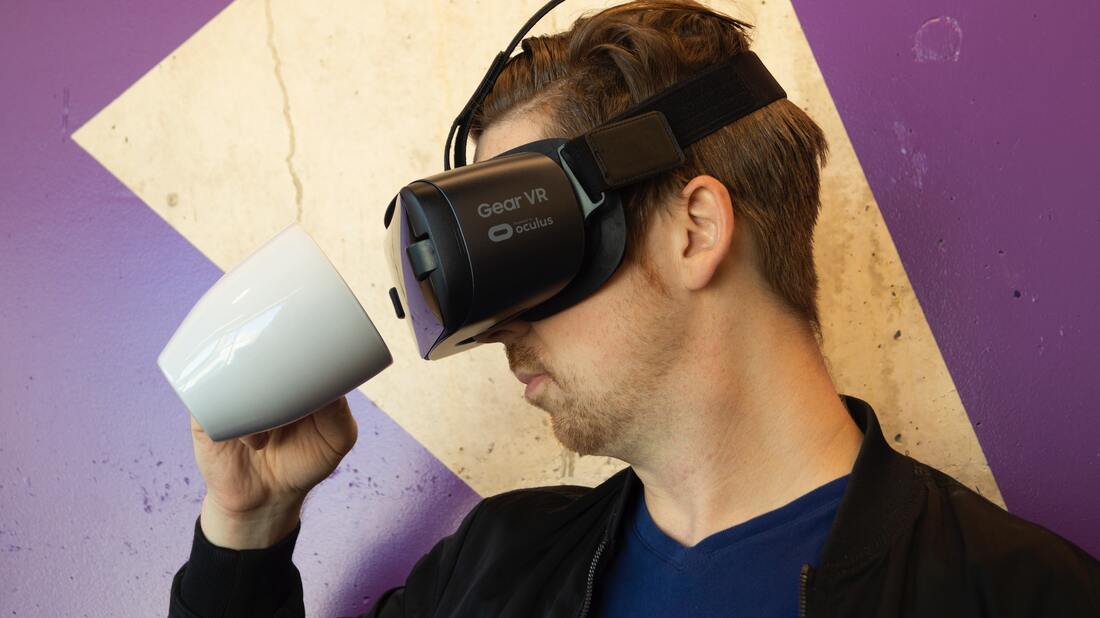|
Note: the following article recently appeared in Catalyst, the official publication of the International Association of Business Communicators (IABC). I’m on the board of IABC DC Metro, and I often share content on communications. By: Tony Stewart
Old habits die hard. As some managers mandate a return to the office, empowered employees — invigorated by the proven performance of remote working — are pushing back and demanding flexibility. If companies demand in-person attendance, they must make flexible working equally viable. But such flexibility is resulting in people becoming overwhelmed — in their personal and work lives. We’ve got access to everything we need, all the time from the comfort of our living rooms. It’s connectivity for connectivity’s sake. We’re digitally joined up with more people than we’ll ever interact with, never mind talk to. The result? Global organizations are struggling to streamline their communications, to overcome the noise and chatter this hyperconnectivity has caused. Now they’re in full retreat — cutting back on their channels to aid budget and save attention spans. We, on the other hand, don’t know where to prioritize our time and energy. That can make joining a network, for business or leisure, a hard sell. The risk is that avoiding networks could mean siloes, isolation and a lack of creative collaboration. People don’t join companies for a solid social life.
0 Comments
By: Matt Russell
In a world where time and energy are limited resources, accomplishing everything within the constraints of a day can be a challenge. However, the advent of ChatGPT has brought about a fundamental change. We now have the convenience of accessing artificial intelligence (AI) that can significantly speed up tasks and reduce effort. This not only enhances the quality of our work but also frees up more time and energy to focus on more valuable and fulfilling endeavors. The key lies in taking that first step. A recent survey conducted by the Pew Research Center revealed that a mere 12% of Americans have utilized ChatGPT for work-related tasks. As we continue to explore the boundless potential of ChatGPT and similar tools, it's crucial to acknowledge that we are still in the early stages of fully comprehending their capabilities. This presents an excellent opportunity to embrace the possibilities offered by AI and give it a try. Blue Swift Consulting’s Alyssa Cox Concludes IABC DC Leadership Series with “Leading Through Vision”6/16/2023 Note: I serve on the IABC DC Metro board, and I wrote the following piece for the chapter's website. By Eli Natinsky
Alyssa Cox of Blue Swift Consulting discussed the importance of setting a path that speaks to how an organization drives progress toward its overarching mission at IABC DC Metro’s “Leading Through Vision” on May 17. The webinar was the second of the chapter’s two-part leadership series. “Vision helps us articulate what we need to be working on and it gives us guidelines for making strategic decisions for how we spend our time, where we deploy resources, and how we define success,” she said. Note: I serve on IABC DC Metro's board, and I wrote the following piece for the chapter's website. By Eli Natinsky
Your leadership brand is an ad for why people should buy what you have to offer, advised Alyssa Cox of Blue Swift Consulting during IABC DC Metro’s “Establishing a Leadership Brand” on April 19. During the gathering, the first of the chapter’s two-part leadership series, she discussed the key dimensions of a leadership brand. Guests also completed a guided exercise to craft their leadership statement. “Memorializing your brand in words makes you accountable to that brand,” Alyssa said, adding, “If you articulate what you mean to do, you’re much more likely to actually do things that way.” Here’s an overview of the webinar: 1) Define your leadership brand: Alyssa noted the importance of being intentional. Everyday, multiple times a day, we have opportunities to be deliberate about how we behave and how we’re perceived. Intentionality shapes your reputation, as well as people’s perception of your brand. Alyssa shared an anecdote about her former supervisor who advised that she learn who she was as a leader. He said: “If you don’t figure it out, other people will figure it out for you — and you may not like what they decide.” Note: I wrote the following piece for IABC DC Metro’s website. I’m a board volunteer with the chapter. Interpersonal relationships are key to countering false and misleading information, advised Deanna Troust, founder and president of Truth in Common, during IABC DC Metro’s “Misinformation: How We Got Here, and What We Can Do About it.” The virtual gathering occurred on February 7.
Deanna explained communications professionals are especially needed in the mis/disinformation space as they are experts in human behavior, information channels, and how news and discussion influences others. Communicators are encouraged to notice people’s emotional reactions to information, check sources, and watch and listen to outlets they normally don’t consume as a form of market research. “I believe human-centered approaches are vital or we’re not going to turn the ship,” she said, adding, “It can’t just be on media platforms, on policy makers, on the PhDs — it’s on every one of us. We, as communicators, can take a stand for the truth simply by being polite and asking questions. If we can all do that, we’ll be in a much better place.” Note: the following article recently appeared in Catalyst, the official publication of the International Association of Business Communicators (IABC). I volunteer for both IABC DC Metro and IABCLA, and I wanted to share the content. By: Adam Fuss, SCMP, MITI
On 25 January, Shel Holtz’s Catalyst article, “Generative Artificial Intelligence for Communicators” served as a wake-up call of sorts. Widely respected in the IABC community and broader communication profession, Shel outlined compelling and ethically sound use cases for how generative artificial intelligence (AI) technology can fit within the professional communicator’s toolkit. Generative AI is all the rage now, and for good reason given its potential to transform content creation and other areas of life. Although not perfect by any stretch — no technology is — generative AI is here to stay and is almost certain to improve rapidly. Rather than debate whether it should play a role in our work, as professional communicators we would be far better served by debating how we should use it. Note: the following article recently appeared in Catalyst, the official publication of IABC. Suzanne O’Brien, a career coach and founder/CEO of LevelUp Careers, led a discussion for IABC Seattle on how to advance your communications career. I wanted to share the piece as it offers helpful content. I serve on the board of IABC Los Angeles (IABCLA). By: Mary Gable
You might think that communications pros would be naturals at the job search. After all, we write copy that draws readers in. We develop messaging strategies that help businesses get noticed. We prepare talking points that make leaders shine. But sometimes the hardest product to sell is yourself — and even the savviest communicators aren’t immune from this challenge. Fortunately, even if you dread updating your resume or working your network, there are a few easy ways you can use your communication skills to help land your next job. That’s exactly what Suzanne OBrien shared during IABC’s Seattle’s latest ProTalk. Suzanne is a career coach and founder/CEO of Suzanne OBrien Careers and specializes in helping professionals define their value, build a professional brand and maximize results at each step of the job search. Here are a few of the top takeaways from the discussion. Thank you to my friend and colleague, Julie Wright of (W)right on Communications, for crafting this insightful piece to what lies ahead this year in PR — it was too good not to share! SAN DIEGO; Jan. 10, 2023 — When you advise innovators, change makers and industry leaders every day, it’s expected that you’re also keeping a finger or two on the pulse of shifting trends in business, public relations, and media. It’s our job to help client partners understand current trends, spot future trends, and make the most of them.
So, what are we ready to make the most of in 2023? Note: the following article recently appeared in Catalyst, the official publication of IABC, and I wanted to share the piece as it offers helpful content. I serve on the board of IABC Los Angeles (IABCLA).
By: Danielle Bond, SCMP Climate change is a complex topic, but it’s one that needs our attention. It’s an all-hands-on-deck situation, so what role can communicators play in helping organizations and the public understand its urgency? I spoke with Dr. Marco Tedesco, a Lamont research professor at Columbia University’s Lamont-Doherty Earth Observatory and an adjunct scientist at the NASA Goddard Institute for Space Studies. His research focuses on the dynamics of seasonal snowpack, ice sheet surface properties, high latitude fieldwork, global climate change and its implications on the economy and real estate. Dr. Tedesco speaks about humanizing climate science through empathy and the impacts climate change is having on human species and the planet. He talks of his concerns about greenwashing and its impact on real climate transformation, as well as the unintended climate gentrification impacts — the intersection of climate change with other social justice issues. Note: the following article recently appeared in Catalyst, the official publication of IABC. I wanted to share the piece as it offers helpful content. I serve on the board of IABC Los Angeles (IABCLA). By: Nancy Duarte
When shelter-in-place orders came through, seemingly overnight, the world as I’d known it — my team had known it — was in lockdown. The following Monday would be our first all-company meeting since the mandatory shut down. My team was facing our fiercest monster together. Sure, during our 34 years in business, we’ve endured other significant challenges, which tested our resolve. During that Monday meeting, we did what we’ve always done in crisis: We told stories. After we told stories of overcoming previous crises, it became clear that my team had no intention of shrinking in fear. They would not be deterred. Rather, they rallied. With agility and innovation, our team transformed all of Duarte’s in-person workshops and all our clients’ massive live industry events to virtual experiences. It was no small feat. We did things during COVID we never thought possible. Similarly, over the years, I have watched firsthand how our clients — who are leaders at the world’s highest-performing brands — use the power of story broaden their influence. Why? Because stories engage us and make us feel affection for an organization’s culture and products. Our executive clients understand story is a powerful communication device. I’m not talking about fairy tales, fiction, falsehoods or spin. I’m talking about framing your point of view in a logical, story-based structure. Stories can move people to embrace big ideas and accomplish great things. Most of all, stories help us transform information into meaning and move us to act. Ultimately, that is why stories have the power to build influence. Today, almost every role within an organization requires you to influence others in some way. Whether you manage a team, work alongside them or even communicate up … leveraging the power of story can help increase your influence. 1) Identity Stories: Illustrate Who We Are First, stories provide insight into where we came from and what we stand for — as individuals and as organizations. The stories we share reveal to others why we show up the way we do and how our life experiences shaped and transformed us. This enables others to find moments of connection with us. We become more relatable characters, which helps foster trust and, in turn, build influence. Stories have the power to make ideas stick in our brains like glue, especially when we wrap them in a memorable and emotional story package. Every leader should have a handful of stories ready to share, so they can help others get unstuck. These stories can be told from three perspectives: A) I Stories: Told from the first person, an “I story” is one you personally experienced and learned a lesson from. These are the most powerful stories to tell because you can tell of your transformation from a place of personal conviction. As leaders, it’s essential to tell stories that tell of the messy middle and illustrate both triumph and failure. I’ll follow a leader who’s tried and failed and talks about it before I’ll follow one who pretends life isn’t hard. B) We Stories: Similarly, “we stories” are stories experienced by a group of people you were part of who learned a lesson together. A “we story” could be about your family, your team, your company or community. These stories are about how you overcame obstacles with others, like the origin stories of co-founders or entire departments achieving a big goal. The stories can also be told with deep conviction from your perspective because you lived through it. C) They Stories: Third-person stories, or “they stories,” are told about other people or historical events, but you personally played no part in it. You’re simply relaying the outcome of the lesson someone else learned. These stories are great to tell, but if you do tell one, immerse yourself in the lesson of the story and tell it in a way that transports people to feel like they were there. Each of these story perspectives, when used in the right moment, can transform how others relate to you and your organization. 2) Insight Stories: Lend Meaning to Data The power of story not only comes in the lessons learned but also in how people find meaning in the insights that lead to action. This is particularly true when discerning stories to tell from data to convey critical information or influence decision making. Illustrating clear insights and making clear recommendations from data moves people from a place of “let me think about it...” to “let’s do something about it.” That’s why communicating data using story principles speeds up the decision-making process. Many analytical roles spend time deeply exploring the data, and they can swizzle it and plot great charts. Some data geeks at this stage feel more comfortable flicking charts to those in a higher pay grade to figure out what data is telling you to do. Yet, one of two things happens when exploring data: You find either a problem or an opportunity in the data. But, once a problem or opportunity has been identified in data, you have a communication challenge to solve. In order to advance in your career, the threshold for you to cross becomes learning how to explain the action others are to take based on data — and using story structures to do so. The ability to identify the action and communicate it well moves you from an individual contributor to a strategic advisor. And, as you build this muscle, you become more trusted and broaden your influence. 3) Idea Stories: Create New Futures Finally, stories give traction to your ideas by moving an audience away from the status quo and creating longing for an alternate future. A great story has a cathartic release, where there’s a building of tension and releasing it. The beginning of a great talk should establish “what is.” This is the shared current reality and mindsets of the audience, organization and industry. Then, you contrast the current state of “what is” with the future state by sharing “what could be.” The audience begins to see the ideal picture of their world with your idea adopted. The gap between “what is” and “what could be” is similar to the inciting incident in story. This gap between “what is” and “what could be” throws the hero’s world off balance and causes them to grapple whether they’ll leave what feels safe to them or choose your proposed future. Stating the gaps clearly and repeatedly in your presentation helps the audience separate from the status quo and makes your future state more alluring. However, like with any story, the audience knows that the path to “what could be” might not be an easy one. Like a young hobbit at the start of a book, your audience needs to be shaken out of complacency. How you end a talk is very important. The principle of recency states that people will remember the last thing you said more than the beginning or middle, so make your final point powerful. End by stating what I call the “new bliss.” Make it clear how their world and life will flourish if they choose to adopt your idea in their future. Great Stories Start With You Through the power of story, we have been able to keep our teams focused and engaged during COVID. But it has required me, and really each one of us, to keep facing this unknown future by admitting our fears amidst the challenges which, when shared authentically, builds greater trust as we work toward our vision. Communicating through story creates longing and makes others more willing to travel into the future with you. That’s why I encourage you to keep finding ways to infuse story into your communications. Whether you’re battling a monster like COVID or rolling out a new initiative in a challenging market, telling your story is the first step in changing the world. Photo: Matheus Bertelli at Pexels.com |
AuthorI'm Eli Natinsky and I'm a communication specialist. This blog explores my work and professional interests. I also delve into other topics, including media, marketing, pop culture, and technology. Archives
July 2024
Categories |










 RSS Feed
RSS Feed